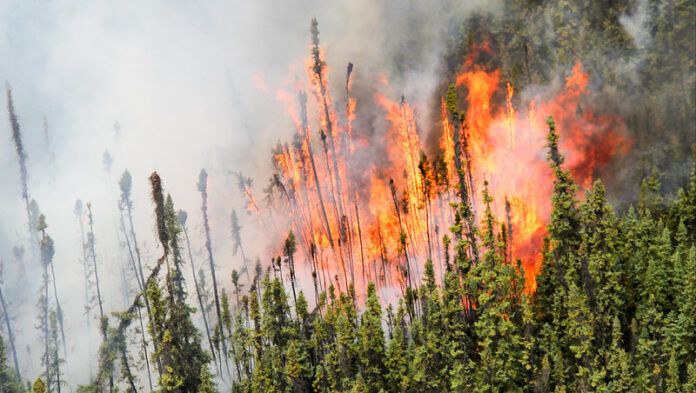Stronger together is one takeaway for disaster managers being shared in the conversations from this year’s Bordering on Disaster conference in Lloydminster. Participants noted the ability of larger cities to deal with disasters versus rural areas that have fewer resources, but the task can be made easier by combining efforts.
An official who has been in the heat of this year’s wildfire efforts says that smaller municipalities and rural locations need much more support than urban areas.
“As someone who grew up in a small town, I do recognize and feel this personally. How do we build capacity by building regional relationships. A theme we have heard here at this conference, which makes me really happy is about relationships, working together, and how we use those resources and pool them. And this is something that I think most Albertans and rural Albertans recognize and understand too is, we are stronger together,” says Bre Hutchinson, executive director – provincial operations with Alberta Emergency Management Agency (AEMA).
Some of the inner workings of Alberta disaster management were shared at the conference by Hutchinson as she delved into things like the overall Alberta emergency plan, which sets out roles and responsibilities, and the provincial incident management system. Other matters like the emergency social services team that has had a key role in assisting people affected by the wildfires and the provincial emergency coordination centre that handles operations to support local authorities amid crises.
With a staff of 70, Hutchinson manages teams that assist with protecting infrastructure in communities facing wildfires among other matters.
On the preparation side, Hutchinson sees the importance of helping rural areas to step up their game in being ready for an emergency.
“So, what we focus on with AEMA in this aspect, is through our field operations team and others is building capacity with all hazard incident management teams, and these are regional initiatives to pull folks together from across different locations, to be able to support when a response is needed. And not just in the response, but in the planning and preparedness. Running exercises. Making sure you have those plans together and what you need when it happens.”
She concludes that smaller areas can come together and pool resources to be ready for when the time comes to deploy.




